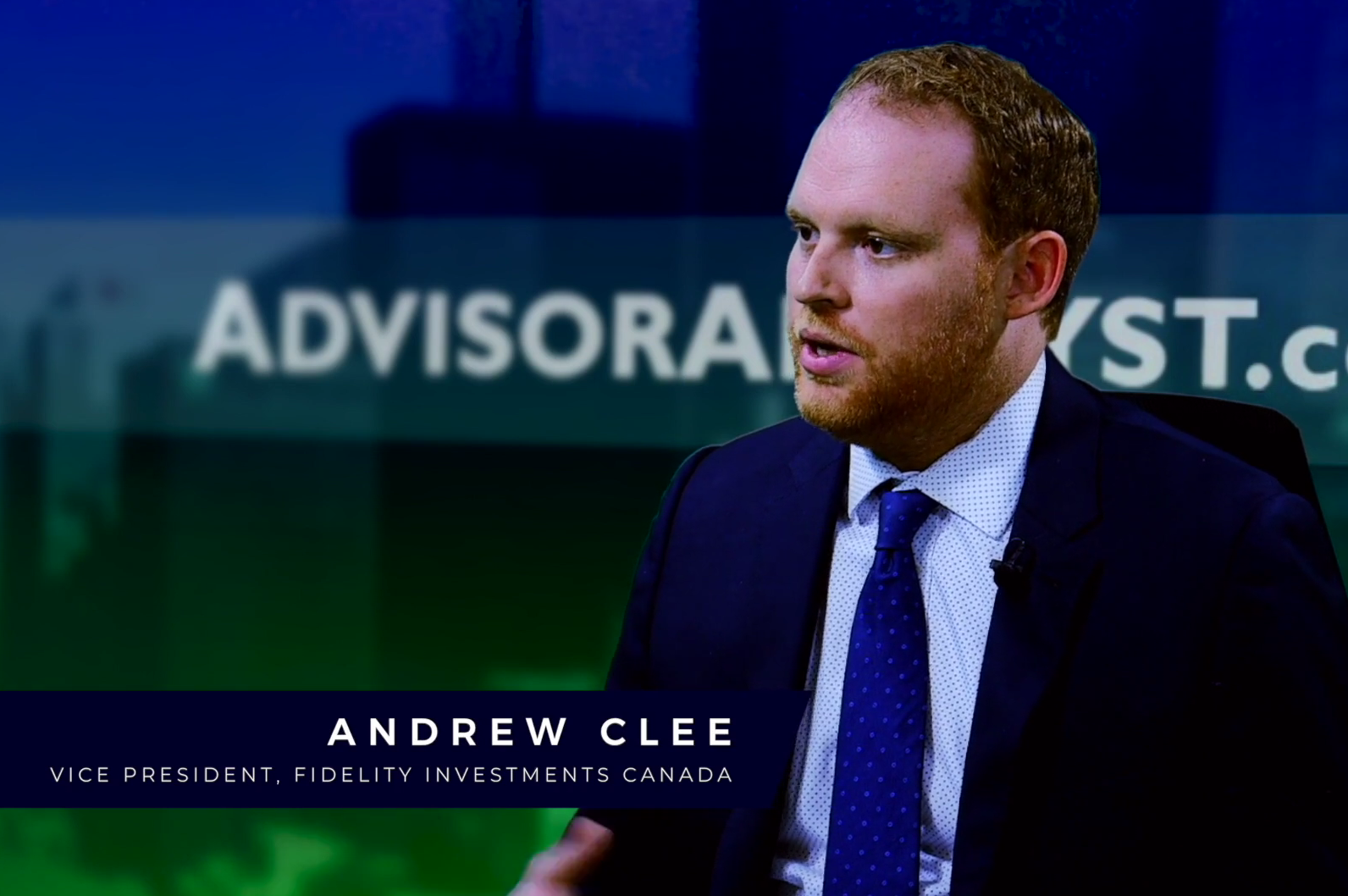We recently chatted with Andrew Clee, Vice President, ETFs, Fidelity Investments to find out what sets Fidelity's Dividend Factor apart from other dividend strategies.
"We've leveraged Fidelity Management Research in Boston, our quantitative team in Boston. What they actually do is work alongside active portfolio managers since 2006, and what I found most interesting about our team; it's about 20 quants, so Ph.D.'s, MBAs – they actually don't sit together. Their job was to support active portfolio managers, which could be the 'value' team, the 'growth' team, the 'equity income' team in the case of dividends."
"They took those insights from working alongside the equity income team, and they developed this portfolio construction methodology. We screen the universe of the 1000 largest stocks within the U.S. equity framework, looking at dividend yields, divdend payout ratios - and dividend payout ratio gives you a sense of quality of dividends - then they remove those companies at risk of cutting their dividends, so if their earnings are less than their dividend payment, that dividend likely not sustainable.
Lastly, they look at dividend growth. What we've seen historically is dividend growers then to have more upside participation then dividend payers (which are more mature, stable companies).
Where it comes down to the soup and nuts, which is very interesting, is portfolio construction. So if you think about Dividend ETFs in general, you can weight by market cap, you can weight by yield, you can weight it by equal weight, so every single company represents the same weight.
What we found is that can create unintended risks. - Sector concentration risk is probably the front and foremost – that single sector return profile can run the whole return profile in the ETF, if you have significant exposure there. - Company bets - If you're going to weight based on yield, you might have a company represent a larger proportion relative to a broad universe than maybe it should. - Market cap biases - When you think about dividends, you think about mega cap high quality large cap stocks - we've seen some indices out there bring in a small and mid-cap bias.
What we try to do is remove all those biases, and what we're trying to get to is to let the dividend factor shine through, let that drive the return profile.
From a portfolio construction view, we've done a pretty good job of letting the dividend factor drive the return profile.
I think the difference is leveraging those fundamental insights. Our people have taken the experience and insights of working alongside our active portfolio managers, and then applying it to the ETF business which we see today.














